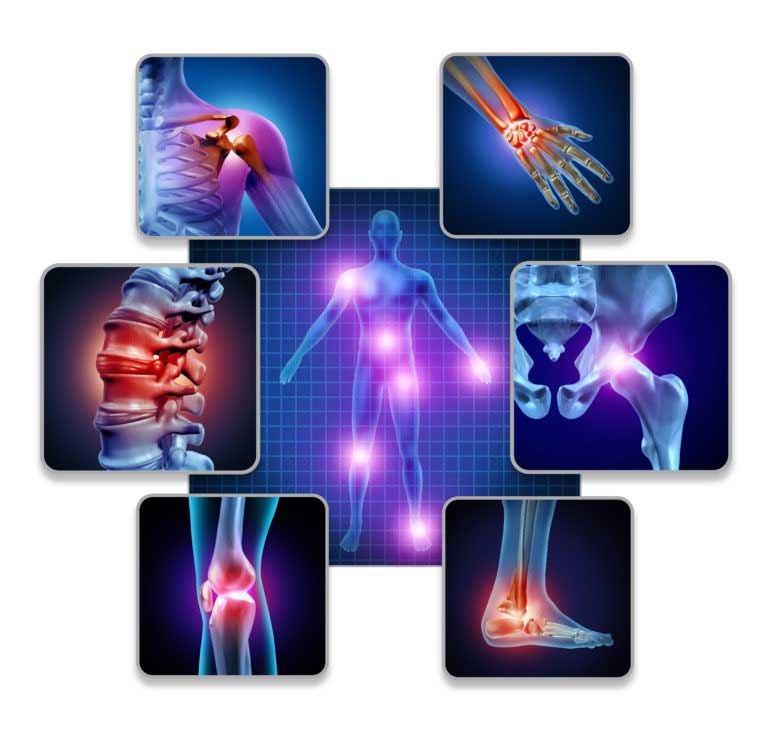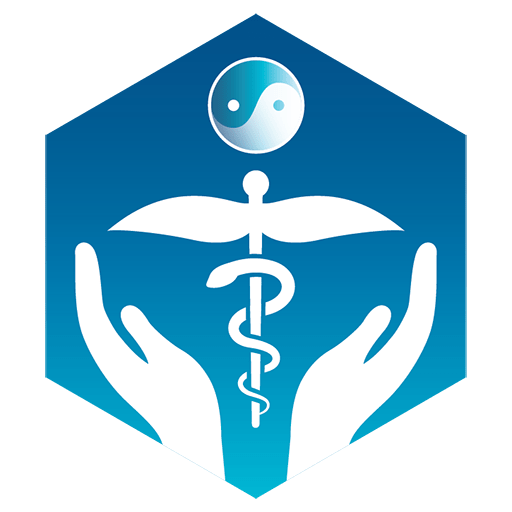Introduction to Prolotherapy
 Prolotherapy is an injection technique which uses safe, non-toxic materials to guide the body to repair wear-and-tear degeneration, or injuries of joints, tendons and ligaments, or injuries without surgery. Injections are done in a sterile manner, oftentimes using ultrasound guidance, if necessary.
Prolotherapy is an injection technique which uses safe, non-toxic materials to guide the body to repair wear-and-tear degeneration, or injuries of joints, tendons and ligaments, or injuries without surgery. Injections are done in a sterile manner, oftentimes using ultrasound guidance, if necessary.
As we age, often times we begin to notice aches and pains associated with injuries that may have occurred 10, 20, 30 or more years ago. Or we notice that things we used to do with ease, are now not as easy or cause a little pain, either at the time of activity or later. Or we may have had a little injury which just doesn’t seem to want to resolve, or a big injury which is 95% better, but will not go away completely. “I was perfect and could do everything until I hit my 40’s or 50’s,” is a common refrain I hear or have said regarding myself. Working out or stretching just doesn’t help and in many cases just makes it worse.
If this scenario is familiar to you, then prolotherapy may be the answer.
The use of prolotherapy is based on the concept that your body “knows” how to heal itself after an injury. It usually does a good job if the injury is not too severe. To heal properly the body has to be given the right signals. These signals are released when injured tissue is detected by certain receptors in the body. These receptors then release other signals which attract other types of cells to the injured area to heal and strengthen the tissue whether it is tendon, ligament, or cartilage.
If there has been an injury, but for some reason healing is not progressing to completion, prolotherapy can trigger the body’s healing response. By injecting the injured or weakened tissue with a proliferant, we can direct the body to “pay attention” and heal itself. To be clear, we don’t heal the body, we just “point” it in the right direction and your body does the healing itself.
Prolotherapy Q&A
Q: How does prolotherapy work?
A: Prolotherapy works by stimulating the body’s natural healing mechanisms to lay down new collagen tissue in the weakened area. The treatment is done by a carefully directed injections which cause an injury response in the tissue and the dextrose activates certain signaling molecules which encourages new, normal ligament or tendon fiber growth. Additional treatments are usually required to allow a gradual buildup of tissue density and strength.
Q: What conditions can prolotherapy help? How do I know if it will help me?
A: If the pain is due to an injury to a ligament, tendon, fascia, cartilage, mild to moderate arthritis, instability of a joint or a combination of these conditions, then you are probably a candidate. The probability of success depends on many factors depending on the patients general health, the history of the injury and other treatments tried, and results of physical examination, radiologic or ultrasound testing and possibly laboratory testing. In the appropriate patient rate of success reported by experienced therapists is upward of 80% in patients which are properly screened.
Q: Is the treatment painful?
A: This depends on many factors including: 1) the patients own pain tolerance which can vary significantly from one person to another, 2) the structure being treated which might be tendon, ligament, fascia, or joint and where it is, 3) the solution being injected and 4) the skill of the injector. The pain can be sharp or more commonly an aching pressure. Often Dr. Kochan will inject the skin with a small amount of lidocaine anesthetic first and insert the longer needle through that. This pre-treatment shot feels like a bee sting for one second. Mostly people exclaim afterwards that it wasn’t as bad as they had imagined.
Q: Which areas of the body can be treated?
A: Virtually any joint, tendon and ligament can be treated. Some areas are quite challenging requiring a very experienced practitioner. No intra-abdominal or intra-thoracic areas are treated.
Q: How many treatments does it take?
A: Patients generally start feeling benefit from prolotherapy after the third treatment. This coincides with how long it takes for collagen to form and start being able to take stress. Anyone who has had a severe ankle sprain is familiar with the time course of healing ligaments and tendons. At the end of three months, from the time of initial injury, a sprained ankle is starting to feel pretty good, but not good enough to play soccer or basketball. At six month, the ankle is starting to feel well enough to start playing sports with a brace. Full healing takes over a year. The average number of treatments for most back pain, neck, shoulder, and knee treatments is six. Some people take more depending on how severe the injury and how well the patient heals.
Q: What is in the solution injected?
A: Natural substances that stimulate the healing response along with anesthetic agents to help decrease the pain of the injection. Traditional formulations include dextrose, sarapin, procaine or lidocaine. Newer formulations include various growth factors including IGF1, testosterone or PRP. Other tissues like placental tissue or signaling cells from bone marrow or adipose tissue are no longer legal to use according to the FDA.
Q: What about pain after the treatment?
A: Usually the immediate after treatment response is stiffness, fullness, and perhaps numbness. After the anesthetic wears off, there is aching and stiffness for a day or two. Sometime there is sharp pain or muscle spasms. The discomfort and pain can be treated with Tylenol and ice packs. For stronger pain, Dr. Kochan will prescribe stronger pain medication if it is indicated. Non-steroidal anti-inflammatory agents are contra-indicated because they interfere with healing.
Q: Who administers the prolotherapy?
A: You should receive prolotherapy only from medical practitioners who have been trained to properly evaluate and diagnose musculoskeletal injury and to do injections by careful anatomic palpation and localization or experience with ultrasound diagnosis and guided injection. Post-graduate, medical training- usually a residency- is a prerequisite for adequate training to do prolotherapy and to be able to deal with the possible complications.
There are three organizations which train practitioners to do prolotherapy accurately and safely. Dr. Kochan has been teaching and working with the American Association of Orthopeadic Medicine for 37 years, and the Hackett-Hemwall-Patterson Foundation for 19 years. There is also an organization associated with the American Osteopathic Association which teaches prolotherapy.
Q: How often are the treatments?
A: Dr. Kochan generally treats patients at 3 to 6 week intervals. The average and his preference is 4 weeks. Treating more frequently is not necessary since the body doesn’t heal quickly enough to gain anything by more frequent treatments. Waiting more than 6 weeks, besides wasting time, endangers the collagen tissue which is being formed since it is not strong enough to withstand excessive activity and risks it being disrupted.
Q: How long has prolotherapy been done?
A: The first published article was published in 1927 in the Journal of the American Medical Association written by a MD, DDS about treating TMJ. Most of the current injection techniques were developed in the 1930’s and 40’s. Dextrose has been the proliferant of choice since the mid 1960’s.
